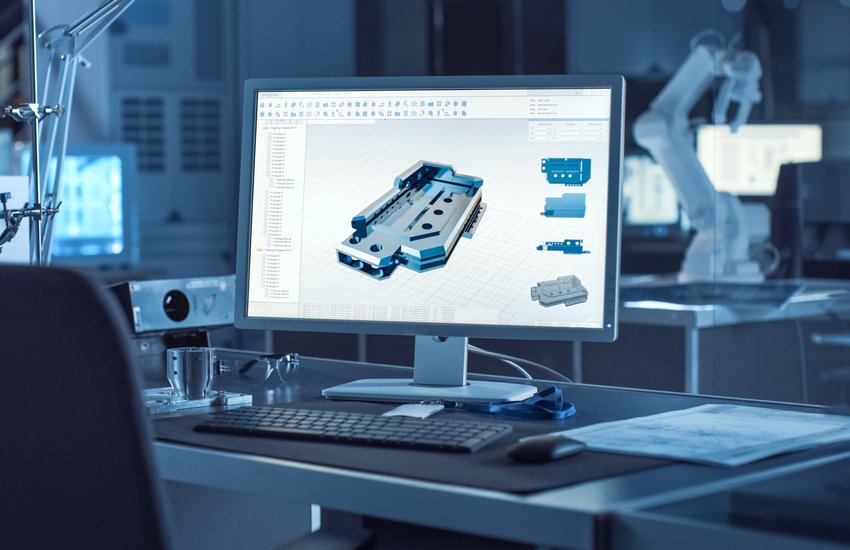ANSYS
See Page Topics
Overview
ANSYS is a Computer aided Engineering Design and Simulation tool headquartered in south of Pittsburgh in Cecil Township, Pennsylvania, United States and was established in 1970. Ansys is used to simulate interactions of all disciplines of physics, structural, vibration, fluid dynamics, heat transfer and electromagnetics for engineers, scientists and physicists.
ANSYS enables you to simulate tests and working conditions, by creating virtual test environment before manufacturing prototypes of products and improving weak points, computing life and foreseeing probable problems are possible by 3D simulations in virtual environment.
Applications
Ansys Multiphysics is a versatile tool used across a wide range of industries, like Aerospace & Defense, Automobile & Transportation, Marine Engineering, Education, Manufacturing, Fast Moving Consumer Goods, Automation etc for structural, thermal, thermo-structural, electrical, electronic, Radio Frequency, electro-mechanical, electro-magnetic, peizo-electric, fluidic dynamics, chemical interactions and all possible physics, chemical and engineering interactions.
Course Highlights

Why ANH‘s Ansys Course?
What Sets Us Apart
– Industry expertise:AutoCAD course
Our trainers are experienced engineers with years of industry experience, ensuring you learn from those who have been in your shoes.
– Practical focus:ansys course
Our training is focused on practical applications, not just theory, so you can apply your skills immediately.
– Access to latest technology:ansys course
As an industrial engineering services company, we have access to the latest software and technology, which we incorporate into our training.
– Real-world projects:ansys course
You’ll work on real-world projects, not just simulations, to gain valuable experience and build a portfolio of work.
– Mentorship:ansys course
Our trainers will guide and mentor you throughout the course, providing feedback and support to help you improve.
Course Highlights
Ansys Workbench & FEA
Ansys Fluent
Ansys Heat Transfer
Duration
30 Hours Theory
30 Hours Practical
20 Hours Project work
Technical Features
Introduction of FEA
Mechanical Basic
Design Modeler
Meshing Technique
Static Structural Analysis
Modeling Connections
Vibration Analysis
Steady State Thermal Analysis
Transient Thermal Analysis
Linear Buckling Analysis
Design Modeler
Meshing Technique
Boundary Condition
Solver
Post-Processing
Overview of Heat Transfer
Static and Transient Thermal Analysis
Non-Linear Thermal Analysis
Coupled Thermal Structure Analysis
Overview of Dynamic Analysis
Overview of Non-Linear Analysis
Basic Plasticity
Overview of Contact
Post-Processor
Case Studies
Coming Soon
Let’s start working together! Get in touch with us!
If you would like to work with us or just want to get in touch, we’d love to hear from you!
